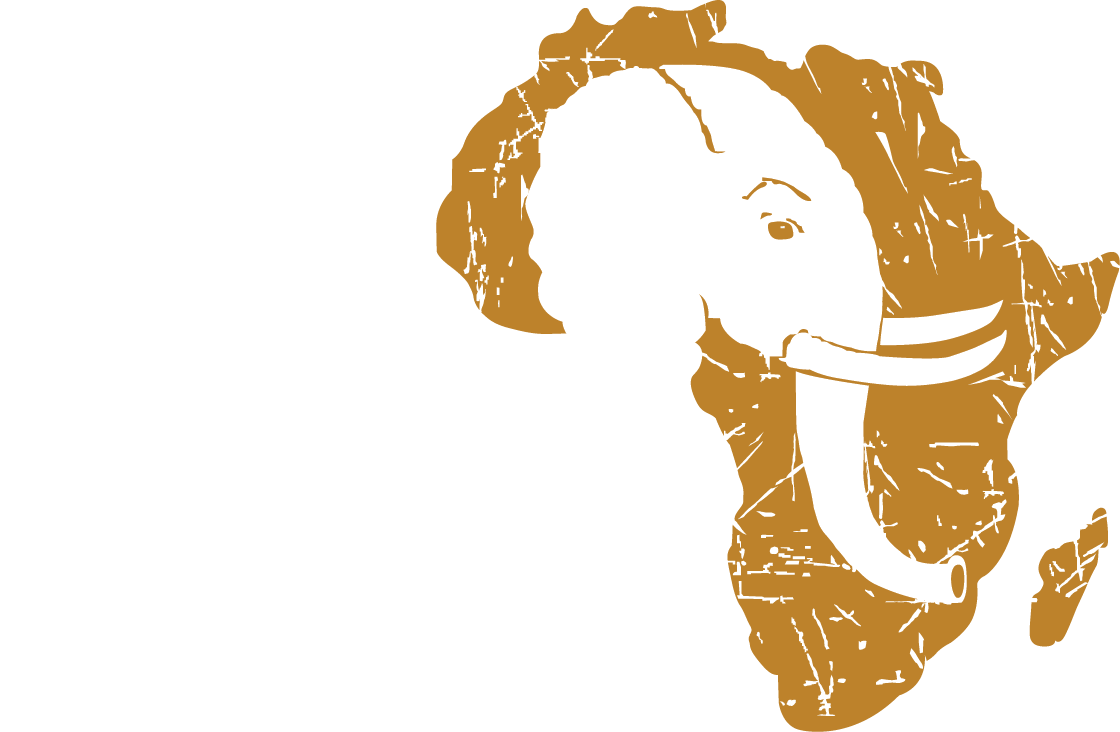RWANDA
Kigali, population 851,024 (2005), is the capital and largest city of Rwanda. It is situated in the centre of the nation, and has been the economic, cultural, and transport hub of Rwanda since it became capital at independence in 1962. The main home and offices of the Rwandan president, Paul Kagame, are located in the city, as are the government ministries. The city is coterminous with the province of Kigali City, which was enlarged in January 2006 as part of local government reorganisation in the country. It is also the name of the largest of the three districts in that province.
History
Kigali was founded in 1907 under German colonial rule, but did not become the capital until Rwandan independence in 1962. The traditional capital was the seat of the mwami (king) in Nyanza, while the colonial seat of power was in Butare, then known as Astrida. Butare was initially the leading contender to be the capital of the new independent nation, but Kigali was chosen because of its more central location. Since then the city has grown very quickly and is now the major political, economic and cultural centre of Rwanda.
Beginning on April 6, 1994, Kigali was the scene of the Rwandan Genocide — the slaughter of approximately one million Tutsi and moderate Hutu by Hutu militias (interahamwe), and some members of the Rwandan army — and of fierce fighting between the army (mostly Hutu) and Tutsi-dominated Rwandese Patriotic Front. Although damaged, the city’s structure has recovered.
Geography
The city is built in hilly country, sprawling across about four ridges and the valleys in between. The city centre is located on one of these ridges, with the main government area on another. The tops of the ridges have an average elevation of 1,600m (5,246ft) while the valleys are around 1,300m (4,270ft). The bigger houses and office buildings tend to be on the tops of the ridges, while the poorer people live in the valleys. The city is ringed most of the way round by higher hills, with some suburban sprawl rising up these. The highest of these is Mt. Kigali, with an elevation of 1,850m (6,075ft) above sea level.
Economy
Tin ore (cassiterite) is mined nearby, and the city built a smelting plant in the 1980s. Business in Rwanda is growing, and many new buildings are emerging across the city, including the BCDI tower and the Centenary House office block. Tourism and expatriate NGO workers also provide important input into the economy.
Transportation
Kigali is a relatively easy town to drive yourself around in if you have a car. Other transportation options are mini-vans, taxis and moto taxis. The minivans are jammed full of up to 12 people at any time and generally do not leave until completely full. They are cheap but inherently unsafe because of the overcrowding, bald tires, poor maintenance, and seeming lack of any sort of training by the drivers. Taxis are convenient if you are starting from the city center, but due to the lack of street names and/or addresses the taxis are hard, if not impossible, to call to pick you up from a residential area. They are also generally unavailable after 9PM or on Sundays. The cost to get almost anywhere in the city is about $8. Moto taxis are inexpensive but completely unsafe.
Airports
The city is home to an international airport, Kigali International Airport, with passenger connections daily to Nairobi and less frequently to Addis Ababa, Brussels, Bujumbura and Johannesburg. There are also weekly cargo flights to Amsterdam. There is also one domestic air route from Kigali, to Cyangugu in the far south-west. The airport is somewhat limited by its location on the top of a hill, and a brand new one is being considered in the Nyamata area, some 40km from Kigali.
Local
Public transport within Kigali is exclusively by taxi minibus (matatu), with a number of different routes, connecting the main hubs of Mu Mujyi (the city centre), Nyabugogo, Kacyiru, Kimironko and Remera. Similar to the national taxi minibuses, these services wait to fill up before setting off from the terminus, then pick up and drop off frequently en route. Most routes within the city operate on a flat fare of 150 FRW (about US $0.25).
Points of Interest
The city now has three international class hotels, built as part of the country’s bid to increase tourism and better support business travelers. There are also several memorials, museums, and centers dedicated to the Rwandan Genocide including the Kigali Genocide Memorial Centre.
The main shopping and commercial area is around the Hotel Mille Collines, with the government district on the neighboring Kaciyiru hill. The markets, the handicrafts and the Muslim quarter are also places of interest.
Departure tax
US$20 or equivalent in Rwanda Francs (usually part of your airtickets)
